Don't hesitate to send a message
How the Evolution of E-Scooter Motors Is Making Urban Commuting More Efficient
Content
- 1 Increased Efficiency and Range
- 2 Better Speed Control and Safety Features
- 3 Compact Design for Urban Flexibility
- 4 Lower Energy Consumption and Eco-Friendly Operation
- 5 Smart Connectivity and Data Integration
- 6 Stronger Motor Durability for Urban Challenges
- 7 Affordable and Accessible for Everyday Riders
Urban commuting has undergone a significant transformation in recent years, driven largely by the rise of electric scooters, or e-scooters. These eco-friendly, convenient, and cost-effective vehicles are reshaping how people move within crowded cities, offering a smart alternative to cars, buses, and even bicycles. At the heart of this revolution lies the e-scooter motor—a key component that has evolved significantly over time, improving performance, efficiency, and overall user experience.
Increased Efficiency and Range
One of the most notable advancements in the evolution of e-scooter motors is the improvement in their efficiency, which directly impacts the scooter’s range—how far it can travel on a single charge. Early e-scooter motors were often underpowered, offering limited distance and performance. As demand for more robust and reliable urban transportation grew, manufacturers began focusing on developing more powerful, energy-efficient motors.
Today’s e-scooter motors are designed with brushless DC (BLDC) technology, which not only reduces friction and energy loss but also extends battery life. This means that e-scooters can travel longer distances—some models offer ranges of up to 40-50 miles per charge—making them viable for daily commuting in busy urban environments. The extended range also allows users to avoid the hassle of constantly recharging, further enhancing the convenience of e-scooters as an alternative mode of transportation.
With longer-lasting battery life and more energy-efficient motors, urban commuters can travel farther with fewer interruptions, helping them avoid delays and improving the overall efficiency of their commute.
Better Speed Control and Safety Features
As e-scooter motors have evolved, so too have the safety features that keep riders secure while navigating busy city streets. Modern e-scooter motors are now equipped with advanced speed control systems that allow for smoother acceleration and deceleration, providing a more stable and controlled ride. These systems are designed to prevent sudden jerks and sharp stops, which are not only uncomfortable for the rider but can also be dangerous in high-traffic areas.
In addition to speed control, many e-scooter motors now feature integrated regenerative braking systems, which convert kinetic energy into electrical energy when the brakes are applied. This regenerative process not only extends the life of the brakes but also enhances overall efficiency by partially recharging the battery during each stop. The combination of smooth acceleration, regenerative braking, and better speed control contributes to a safer and more enjoyable riding experience, making e-scooters a more reliable and efficient mode of urban transport.
Compact Design for Urban Flexibility
Urban environments are often characterized by crowded streets, narrow lanes, and limited parking. The e-scooter motor has adapted to meet these challenges by becoming more compact and lightweight. Early e-scooter models, while functional, were bulky and often unwieldy for city use. Modern motors, however, are designed with a focus on space efficiency, allowing for foldable e-scooters that can be easily carried or stored when not in use.
The compact nature of modern e-scooter motors enables manufacturers to design sleeker, more portable scooters without sacrificing performance. The ability to fold up and store an e-scooter in small spaces, such as a subway train or office corner, has made e-scooters even more attractive for commuters who need flexibility in their transportation choices. This portability, combined with the power of advanced motors, helps riders seamlessly navigate the city from their home to the train station, from the train to the office, and everywhere in between—making e-scooters a highly efficient solution for last-mile transportation.
Lower Energy Consumption and Eco-Friendly Operation
The growing concern over climate change and urban pollution has pushed many cities to embrace sustainable transport solutions. E-scooters, powered by electric motors, are part of the solution, offering a much more eco-friendly alternative to gas-powered vehicles. The latest e-scooter motors are optimized for low energy consumption, ensuring that riders get the most out of every charge without contributing to air pollution.
Compared to cars, buses, or even traditional scooters powered by gasoline, electric e-scooters have a significantly lower carbon footprint. The energy efficiency of modern e-scooter motors, combined with their zero-emission operation, makes them an ideal choice for urban commuters who want to reduce their environmental impact while still maintaining convenience. As more cities work to reduce pollution and promote cleaner transportation, the demand for e-scooters is only expected to grow, with the evolving motor technology at the forefront of this transition.
Smart Connectivity and Data Integration
In the age of smart cities, technology is playing an increasingly important role in how we move around urban areas. E-scooter manufacturers are now integrating smart connectivity into their motor systems, offering riders the ability to monitor their scooter's performance in real-time via a mobile app. This app can provide valuable data on battery life, current speed, motor health, and even route optimization, helping commuters make better decisions about their journeys.
Additionally, some e-scooter motors are now compatible with GPS tracking and anti-theft systems, offering an added layer of security and peace of mind. Riders can track their scooter’s location in real-time, making it easier to locate the scooter if it’s lost or stolen. This integration of smart technology with e-scooter motors not only enhances the rider’s experience but also supports a more efficient urban commuting ecosystem, with data helping to optimize traffic flow, charging infrastructure, and overall city mobility.
Stronger Motor Durability for Urban Challenges
Urban environments are often unforgiving for vehicles, with rough roads, potholes, and unpredictable traffic conditions. E-scooter motors have evolved to become more durable and resistant to wear and tear, allowing them to perform reliably in these challenging conditions. Advanced motors are now made from high-quality materials that are resistant to dirt, water, and shock, ensuring that the scooter continues to run smoothly even after prolonged use.
These improved motors are particularly important for shared e-scooter fleets, which face high usage rates and must withstand the demands of thousands of riders in busy cities. Stronger, more resilient motors reduce maintenance costs and downtime, ensuring that scooters are always available and ready for use by commuters.
Affordable and Accessible for Everyday Riders
The evolution of e-scooter motors has also contributed to the overall affordability of electric scooters. As motor technology advances and economies of scale come into play, the price of e-scooters has steadily decreased, making them more accessible to everyday commuters. Whether you're looking to buy a personal e-scooter or rent one from a shared fleet, the latest motor innovations have made these vehicles more affordable without compromising on quality.
This cost reduction has made e-scooters an appealing option for a broader range of commuters, from students and young professionals to older adults looking for a more efficient, affordable way to navigate their cities.
-
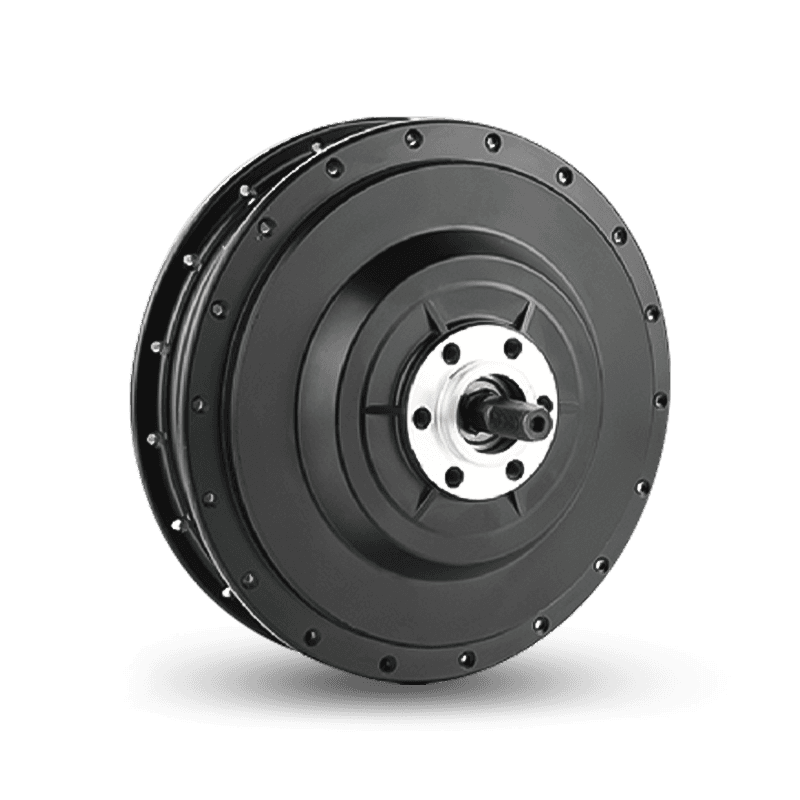 E-Type F500 Front Hub Motor
E-Type F500 Front Hub MotorThe E-Type F500 front hub motor is designed for E-Cargo and E-MTB bikes, offerin...
-
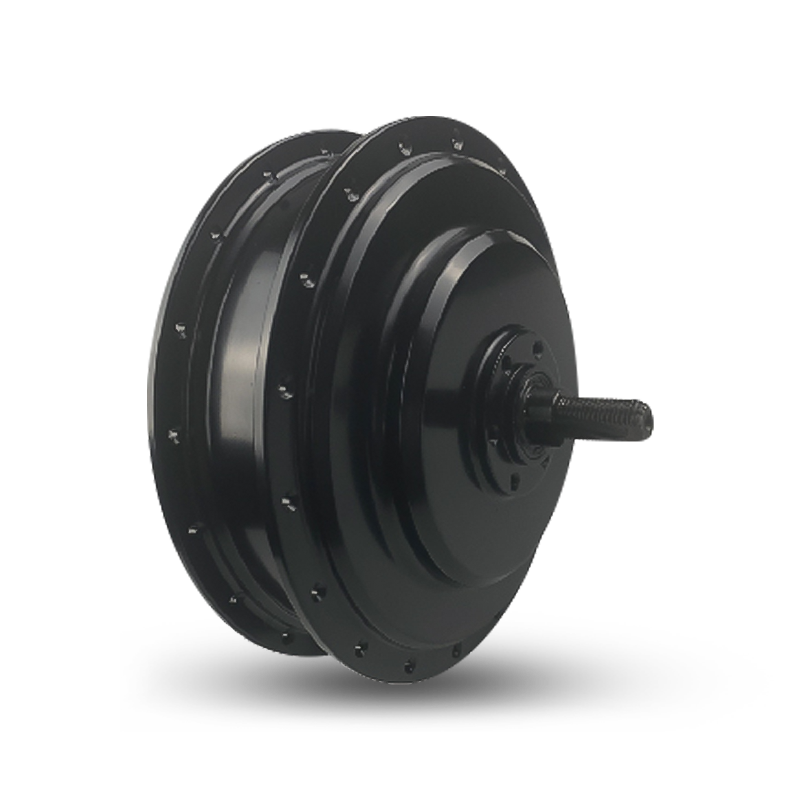 E-Type Pro RC750 Rear Hub Motor
E-Type Pro RC750 Rear Hub MotorThe E-Type Pro RC750 Rear Hub Motor is designed for E-Cargo and E-MTB bikes, com...
-
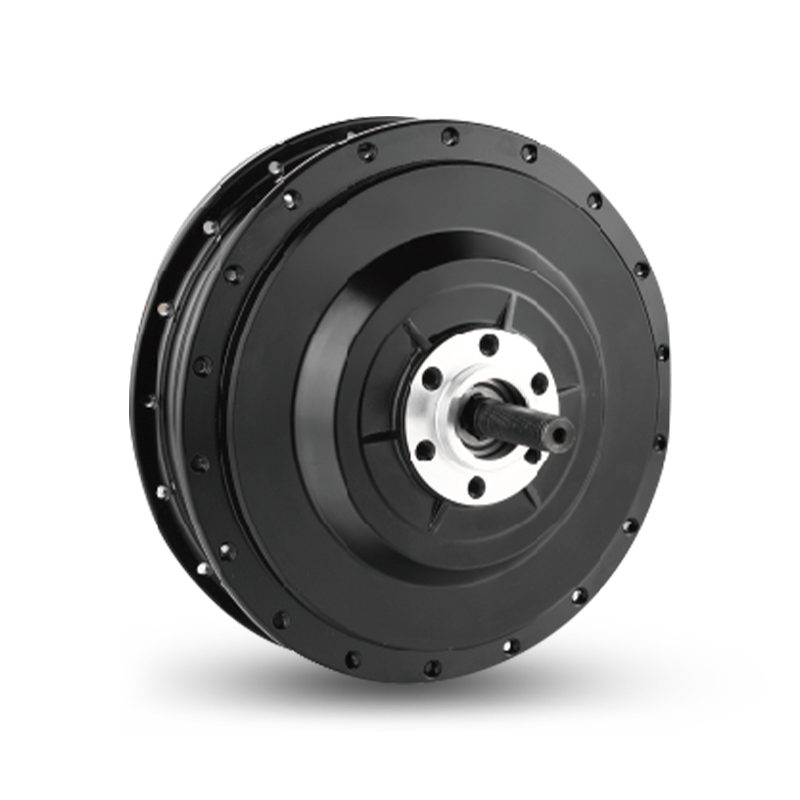 E-Type RF500 Rear Hub Motor
E-Type RF500 Rear Hub MotorThe E-Type RF500 Rear Hub Motor is designed for E-Cargo and E-MTB bikes, compati...
-
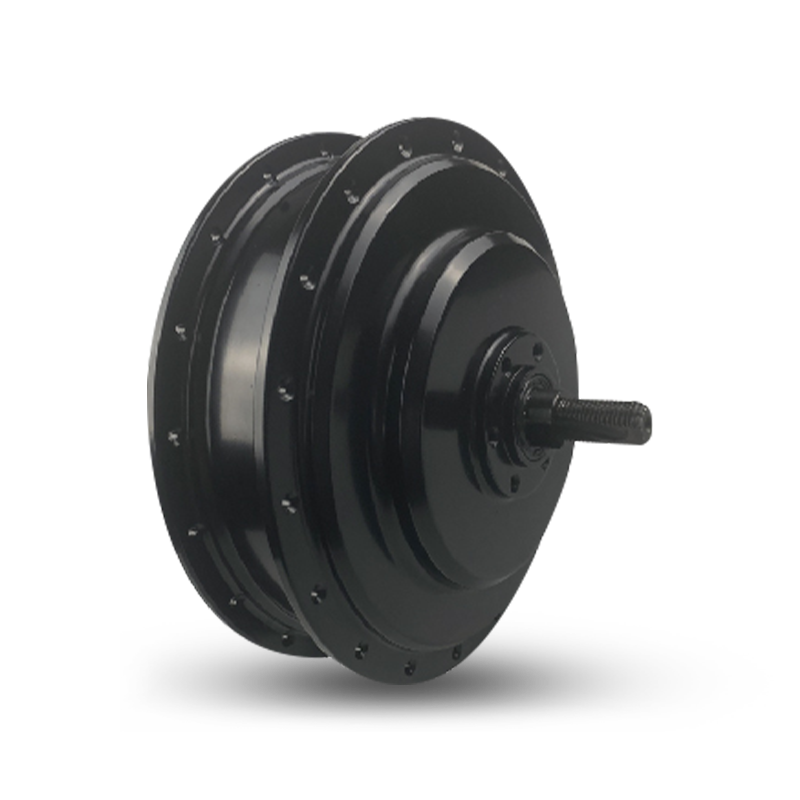 E-Type Pro RF750 Rear Hub Motor
E-Type Pro RF750 Rear Hub MotorThe E-Type Pro RF750 Rear Hub Motor is designed for E-Cargo and E-MTB bikes, com...
-
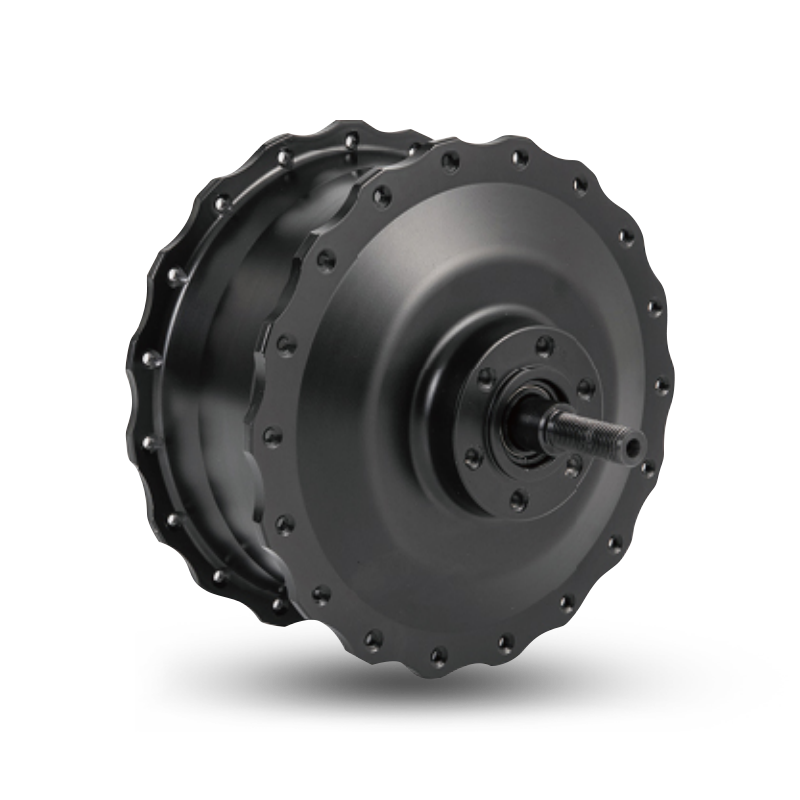 S-Type Pro F1500 Front Hub Motor
S-Type Pro F1500 Front Hub MotorThe S-Type Pro F1500 front hub motor, designed for E-Carao and E-Fat bikes, offe...
-
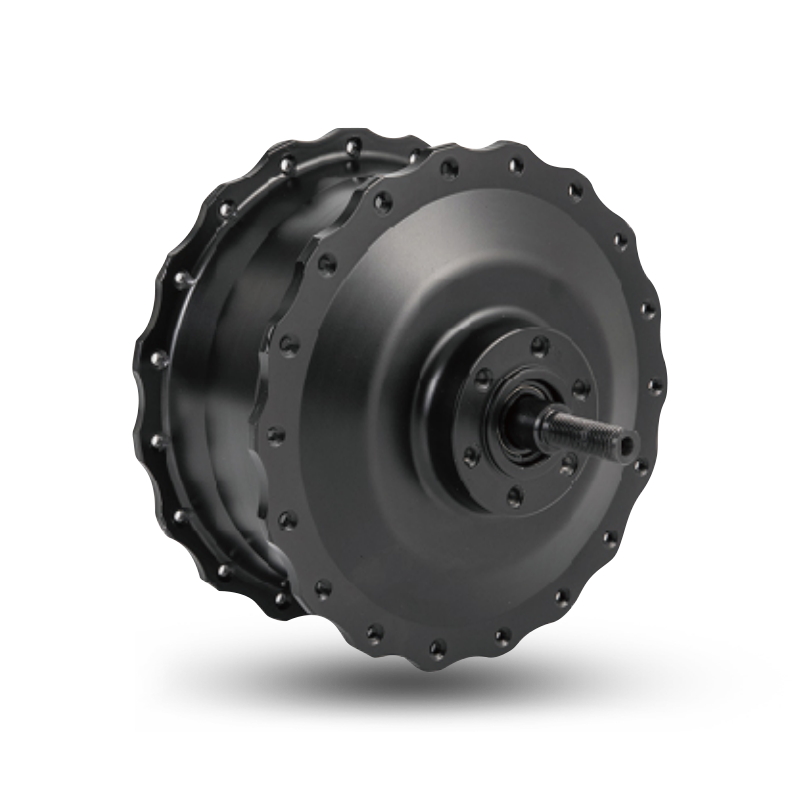 S-Type F750 Front Hub Motor
S-Type F750 Front Hub MotorS-Type F750 is designed for E-Cargo and E-Fat. The rated power ranges from 500W ...
-
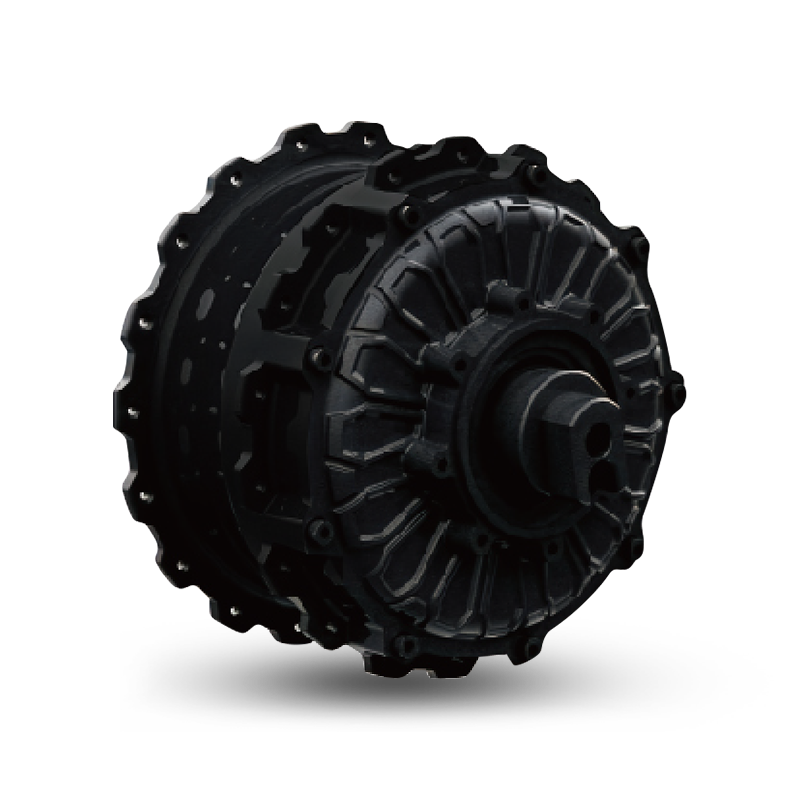 S-TYPE Max THRU AXLE Rear Hub Motor
S-TYPE Max THRU AXLE Rear Hub MotorThe S-TYPE Max thru-axle motor is designed for E-Fat, Moped, and Cargo applicati...
-
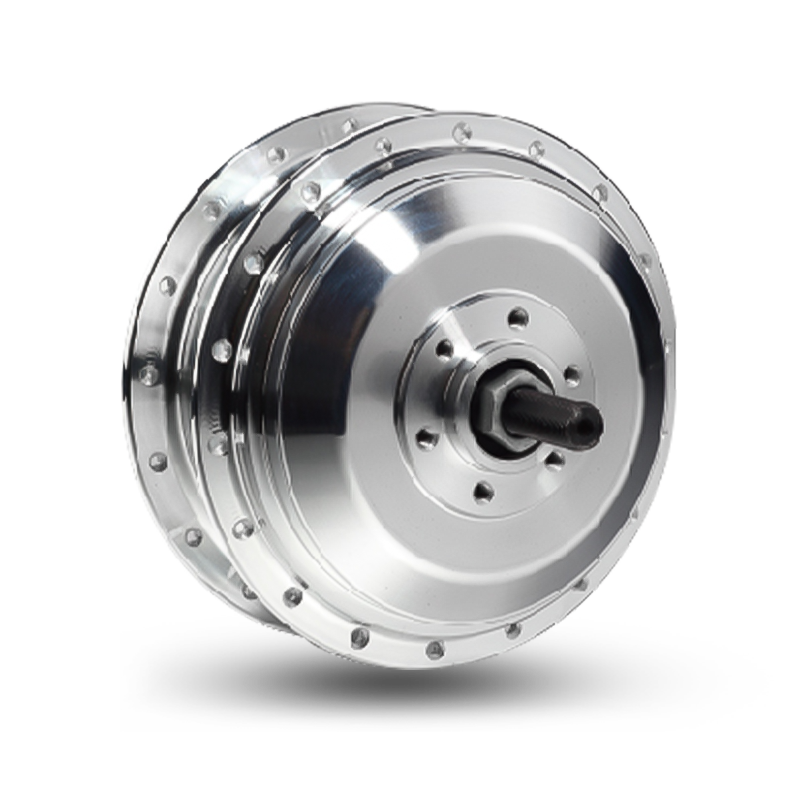 C-Type R350 Rear Hub Motor
C-Type R350 Rear Hub MotorThe C-Type R350 Rear Hub Motor, designed for city e-bikes, offers a rated power ...
If you are interested in our products, please consult us
- Address:No. 3 Dingqiao Rd, Jiangshan Town, Yinzhou District, Ningbo, Zhejiang Province, China
- Phone: +86 13806662915
- Email: K.zhang@hengtai-cn.com



 English
English 中文简体
中文简体